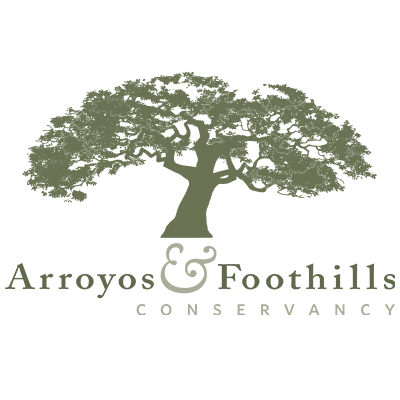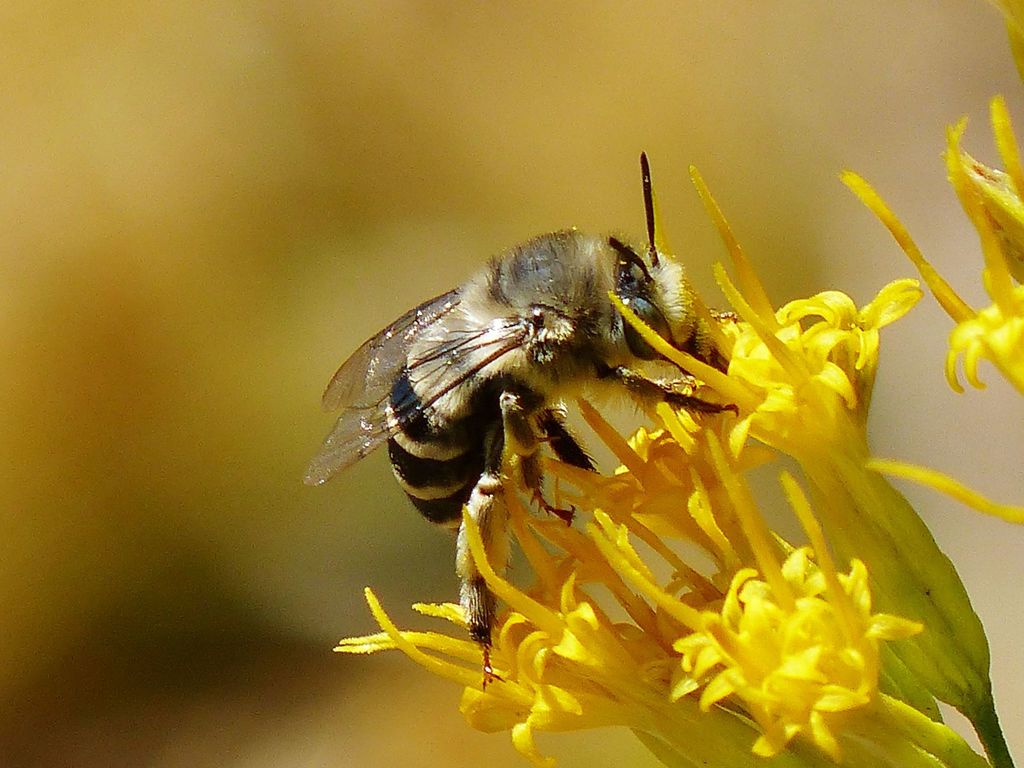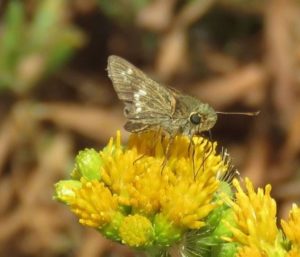Butterflies
The origin of the term “butterfly” is uncertain, but may have come from old England as the large, bright, buttery yellow one called a Brimstone is among the first to emerge in spring there, and was known first as the “butter-coloured fly”. These colorful insects bring nearly universal delight and fascination to humans as they ‘flutter by”. They don’t bite or sting us (think mosquitoes and yellowjackets) and they express freedom in their flight. They range in size from the Pygmy-Blue, the smallest butterfly in North America at 3/8 to 3/4 inch wingspan, to the Giant Swallowtail, large ones to 5 ½ inches, with both found in our area. Butterflies species are relatively easy to identify compared to many other insects as their colorful patterns, varied sizes and flight styles provide the information for an attentive observer.
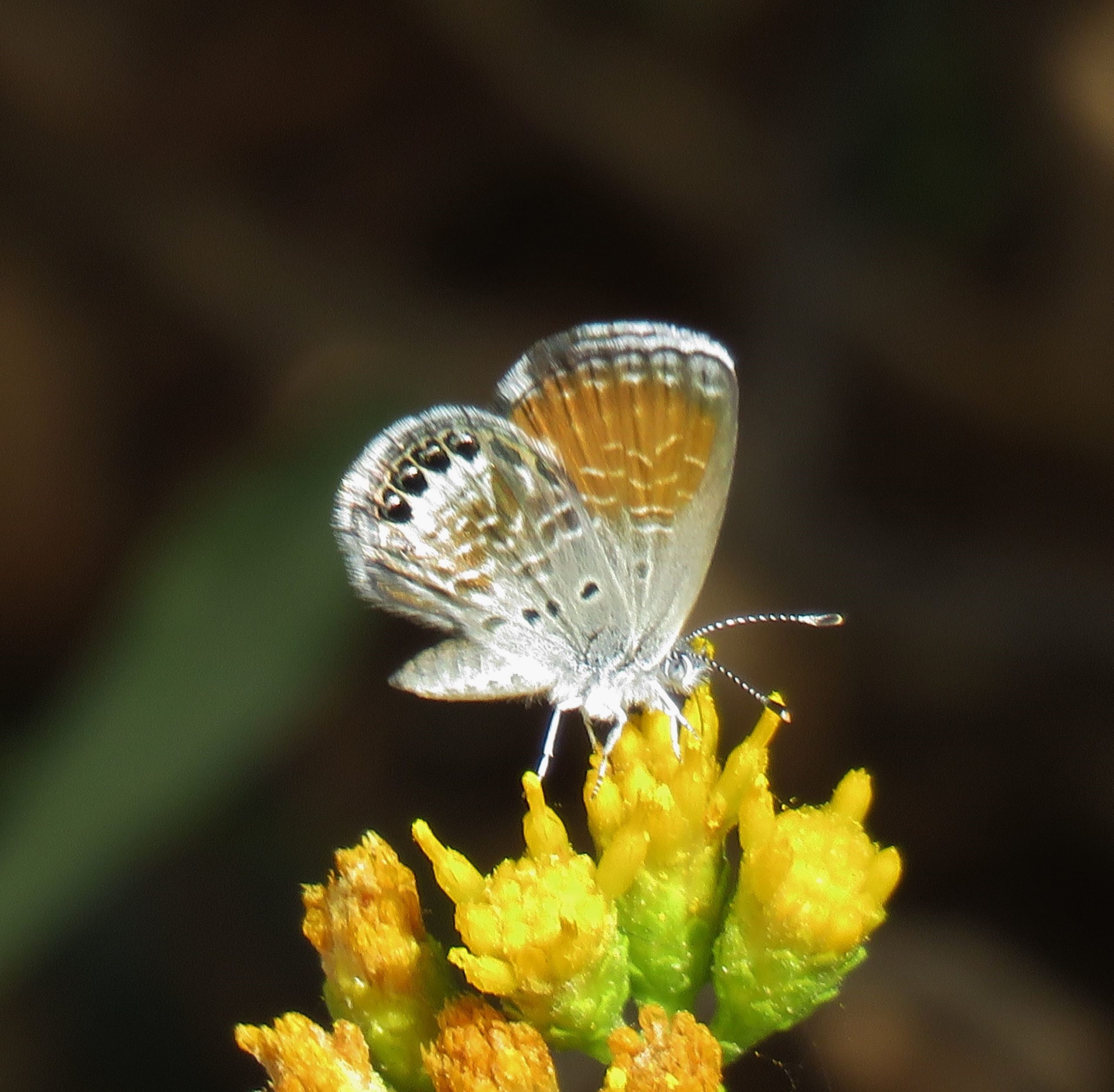
Western Pygmy Blue
Smallest North American Butterfly
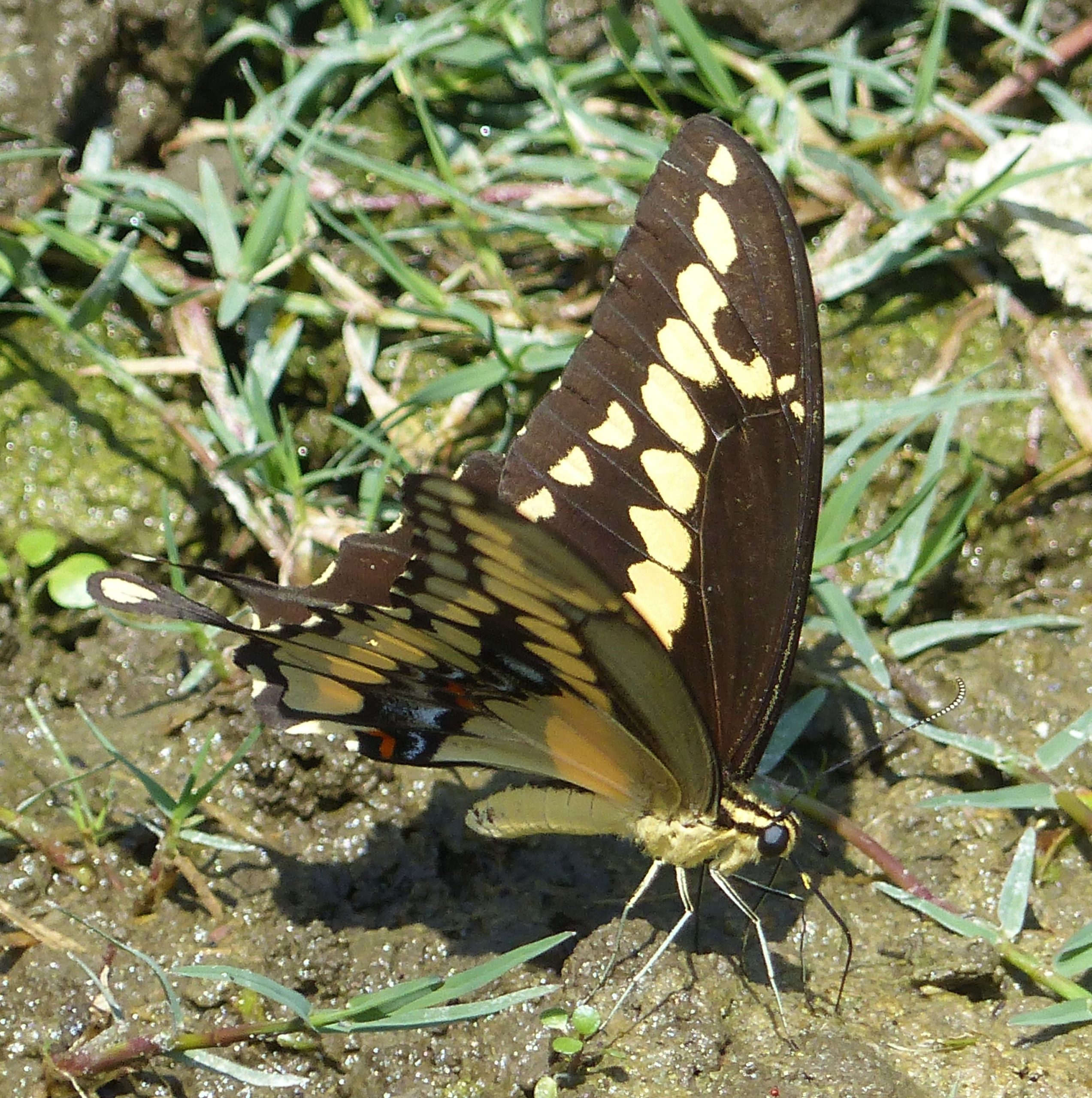
Giant Swallowtail
How many butterflies are there?
There are approximately 20,000 species of butterflies in the world. About 725 species have occurred in North American north of Mexico, and in Los Angeles County, with its diversity of habitats, we have about 144 species of butterflies. There are six butterfly families in North America. Some commonly seen butterflies in our area are Cabbage White, Cloudless Sulphur, Tiger Swallowtail, Mourning Cloak, Painted Lady, Gulf Fritillary, Gray Hairstreak, various Blues and Skippers (rather moth-like butterflies).
Take a look at Mickey’s images and descriptions below of these beautiful natives!
Cabbage White 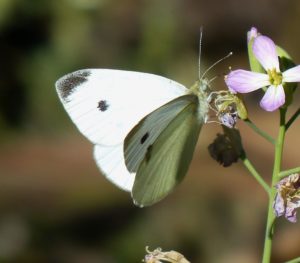 Certainly the most commonly-seen butterfly in Southern California, even in winter when others are gone. This non-native insect was introduced from Europe into western Canada in the 1860s and can now be found across the United States. Absent only from deserts and high mountains, a medium-sized, nearly all white butterfly that’s often seen cruising around mustard plants (including cabbage and broccoli) that are its host for egg-laying.
Certainly the most commonly-seen butterfly in Southern California, even in winter when others are gone. This non-native insect was introduced from Europe into western Canada in the 1860s and can now be found across the United States. Absent only from deserts and high mountains, a medium-sized, nearly all white butterfly that’s often seen cruising around mustard plants (including cabbage and broccoli) that are its host for egg-laying.
Cloudless Sulphur 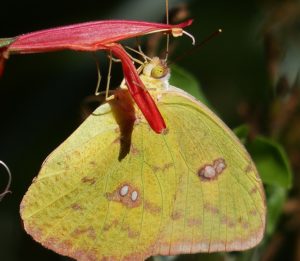 A common, fairly large butterfly, bright yellow above and paler below. Can be seen in the wilds across the southern U.S. but is especially common around gardens with its specific host plant Cassia (senna), and will use both natives and non-natives within this genus. Caterpillars vary from bright yellow to green and are remarkably camouflaged on the Cassia plants. A floating but strong flyer that migrates northward in summer, sometimes to Canada.
A common, fairly large butterfly, bright yellow above and paler below. Can be seen in the wilds across the southern U.S. but is especially common around gardens with its specific host plant Cassia (senna), and will use both natives and non-natives within this genus. Caterpillars vary from bright yellow to green and are remarkably camouflaged on the Cassia plants. A floating but strong flyer that migrates northward in summer, sometimes to Canada.
 Tiger Swallowtail Rarely missed even by the casual observer, this large, bright butter-yellow and black tiger-striped butterfly is common around woodlands including suburbia, especially looking for its tree hosts of sycamore, willow, cottonwoods and alders. Often a photographers dream as it lands spread-winged for some time drawing nectar from a variety of flowers.
Tiger Swallowtail Rarely missed even by the casual observer, this large, bright butter-yellow and black tiger-striped butterfly is common around woodlands including suburbia, especially looking for its tree hosts of sycamore, willow, cottonwoods and alders. Often a photographers dream as it lands spread-winged for some time drawing nectar from a variety of flowers.
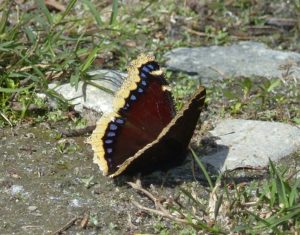 Mourning Cloak Beautiful dark brown wings above with a bright yellow border and rows of blue spots just inside the border identify this medium-sized butterfly. One of first to be seen in spring, it often flaps then glides and may even fly on warm winter days, coming out of over-winter torpor. Occurring across the U.S. the Mourning Cloak lays eggs on willows and other trees and shrubs.
Mourning Cloak Beautiful dark brown wings above with a bright yellow border and rows of blue spots just inside the border identify this medium-sized butterfly. One of first to be seen in spring, it often flaps then glides and may even fly on warm winter days, coming out of over-winter torpor. Occurring across the U.S. the Mourning Cloak lays eggs on willows and other trees and shrubs.
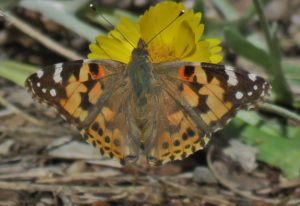 Painted Lady This is one of the “ladies” that astounds observers in some springs when they hatch (after feeding on thistles and mallows especially) by the tens of thousands, primarily in Mexico and our deserts, then migrate westward and northward through California. The most widespread butterfly in the world, some years the hatch is weak and most people fail to notice this orange and black butterfly that is part of a look-alike trio including the American and West Coast Lady.
Painted Lady This is one of the “ladies” that astounds observers in some springs when they hatch (after feeding on thistles and mallows especially) by the tens of thousands, primarily in Mexico and our deserts, then migrate westward and northward through California. The most widespread butterfly in the world, some years the hatch is weak and most people fail to notice this orange and black butterfly that is part of a look-alike trio including the American and West Coast Lady.
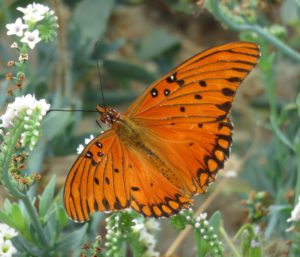 Gulf Fritillary A common, bright orange butterfly with narrowed wings, the Gulf Fritillary flies all year and is often mistaken for the larger Monarch. Eggs are laid on and spiky caterpillars feed on passionvine (Passiflora). As this plant was introduced into Southern California lowlands these fritillaries followed it from their native home in Mexico and the southern U.S. Toxic chemicals in the passionvine are ingested by the caterpillars and passed on to the butterfly, making them distasteful to birds.
Gulf Fritillary A common, bright orange butterfly with narrowed wings, the Gulf Fritillary flies all year and is often mistaken for the larger Monarch. Eggs are laid on and spiky caterpillars feed on passionvine (Passiflora). As this plant was introduced into Southern California lowlands these fritillaries followed it from their native home in Mexico and the southern U.S. Toxic chemicals in the passionvine are ingested by the caterpillars and passed on to the butterfly, making them distasteful to birds.
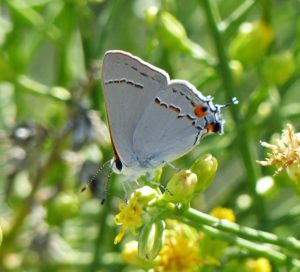 Gray Hairstreak When a smallish, mostly gray butterfly lands on a flower and rubs its hindwings back and forth you probably have a Gray Hairstreak. Named for the tiny, hair-like tails at the rear of the hindwings that resemble antennae and along with a big orange spot there, a predator may be fooled into taking a bite of wing allowing the butterfly to escape. A hairstreak that occurs across the U.S. this “generalist” lays eggs on many plant species.
Gray Hairstreak When a smallish, mostly gray butterfly lands on a flower and rubs its hindwings back and forth you probably have a Gray Hairstreak. Named for the tiny, hair-like tails at the rear of the hindwings that resemble antennae and along with a big orange spot there, a predator may be fooled into taking a bite of wing allowing the butterfly to escape. A hairstreak that occurs across the U.S. this “generalist” lays eggs on many plant species.
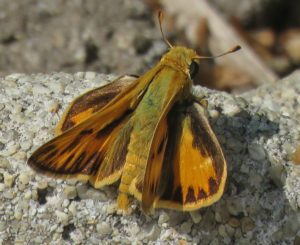 Fiery Skipper Skippers have caused confusion among lepidopterists as they are a distinctive moth-like butterfly group. A number of species occur in our area and are mostly bright to dull orange butterflies (a few are dark brown to black or checkered black and white) that land and hold forewings up and hindwings out to the side. The Fiery is very bright orange, flies nearly year round and is most often seen in our neighborhoods on lawns and lantana shrubs. Lays eggs on Bermuda grass and various other grasses.
Fiery Skipper Skippers have caused confusion among lepidopterists as they are a distinctive moth-like butterfly group. A number of species occur in our area and are mostly bright to dull orange butterflies (a few are dark brown to black or checkered black and white) that land and hold forewings up and hindwings out to the side. The Fiery is very bright orange, flies nearly year round and is most often seen in our neighborhoods on lawns and lantana shrubs. Lays eggs on Bermuda grass and various other grasses.

Acmon Blue (male)
Acmon Blue One of the commonest of our many species of “blues” the Acmon males are brilliant blue above and gray beneath, with various black spots; females mostly brown above. Beautiful orange and iridescent blue spots adorn the outer edge of the underside hindwing. Lays eggs on various legumes and buckwheats, and the caterpillars are often tended by ants which protect them and may get sugary secretions in return. Blues are small butterflies, under 1-inch wingspan, and can be hard to ID to species but with good photographs most can be named.

Acmon Blue (female)
Dainty Sulphur
A common rule in life is that once you notice something for the first time, it suddenly seems to be everywhere you are. Buy your first green Honda “whatever” and then notice green Honda “whatever’s” all around you in town. Field Biologists call it developing a search image. In Spring 2012, while surveying AFC’s newly-acquired Millard Canyon along the trail not far above the lower entrance, small, pale yellow butterflies were fluttering low near some blooming beggar-ticks (Bidens pilosa), a plant in the Sunflower family. The butterflies were really clustering around the plant and I knew this was chemically interesting to them. Photos showed them to be dainty sulphurs, a species not on my radar. Then, September 20, 2013, I was walking around Peck Road Park for another bird trip when I spotted a very small, pale yellow butterfly fluttering low to the ground, landing to drink nectar from several flowers; dainty sulphur again, fairly common here.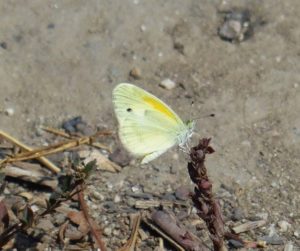
The smallest of the “sulphurs”, butterflies in the family Pieridae, the “dainty” lays eggs on a variety of plants in the Sunflower family. It’s not rare and the books show it occurs across the southern U.S. from California to Florida, flying mostly year round. How did I miss this butterfly during all my decades watching insects in my area? I’m now seeing it all around and have recorded it in at least four other places. I’ve started looking for it now and finding it with a search image.
~ Mickey Long
Where do I go to see native butterflies?
Start with your own yards, especially if you have a diversity of flowers, native or not. Go back to your local Arboretum (Los Angeles Arboretum) or Botanic Gardens (Descanso Gardens) and focus on flowering shrubs and herbs for butterflies. Pause on your hikes at stands of flowers for a while and see what’s there. Once you train your eyes, you will find native butterflies and other interesting insects. The camera is the best way to bring butterflies home with you for study.
How do I tell a butterfly from a moth?
Both butterflies and moths have four wings and are in the same Order of insects, Lepidoptera, which translates “scale-winged”. The majority of moths fly by night while butterflies are out during the day. Butterflies hold their wings together vertically over the body and moths fold them roof-like over the back. The antennae on butterflies have a club at the tip while in moths they are thread-like or feathery. Also, with exceptions, moths are more muted in color, tending to grays and browns, while butterflies are often more colorful.
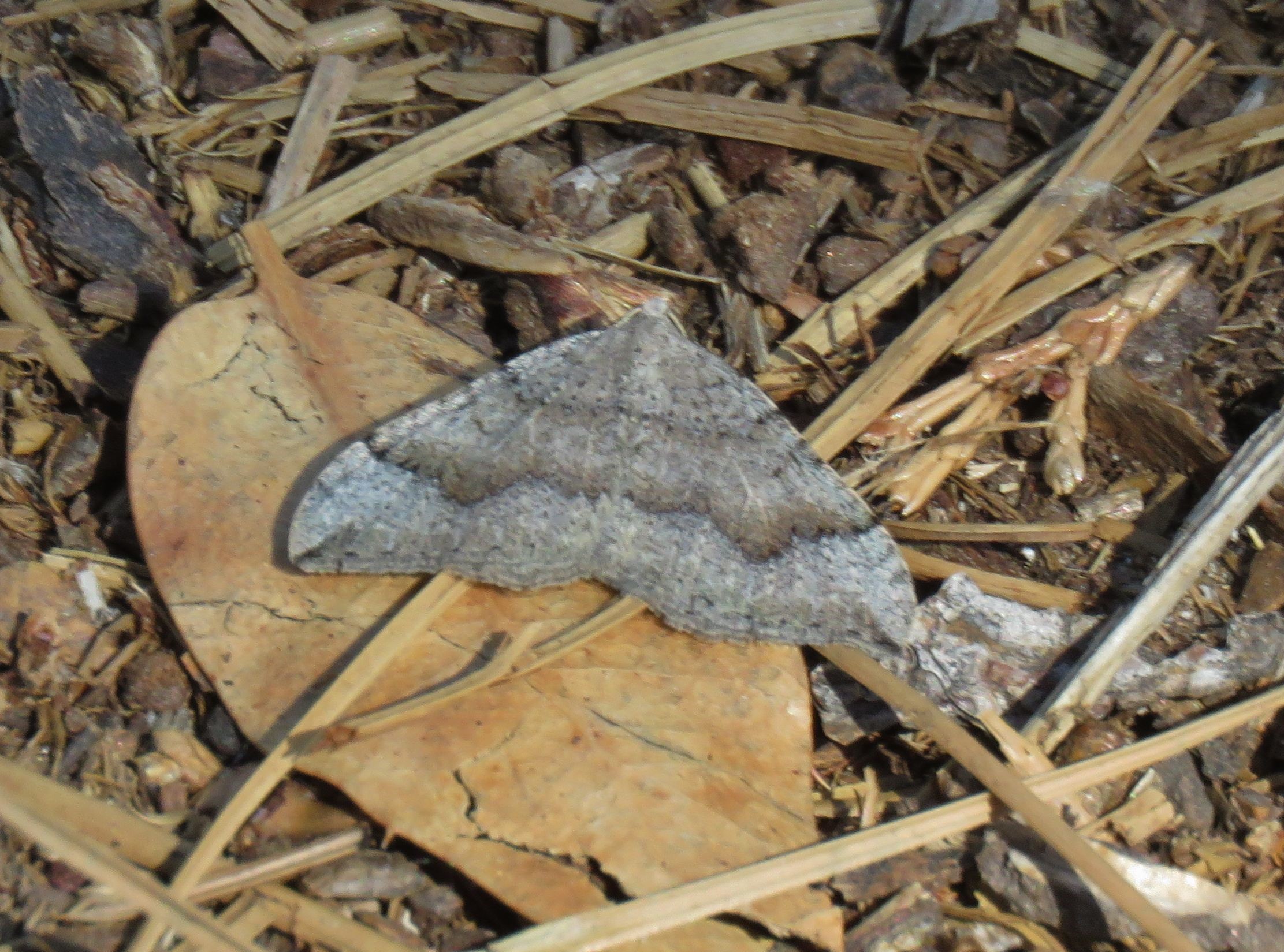
Geometrid Moth
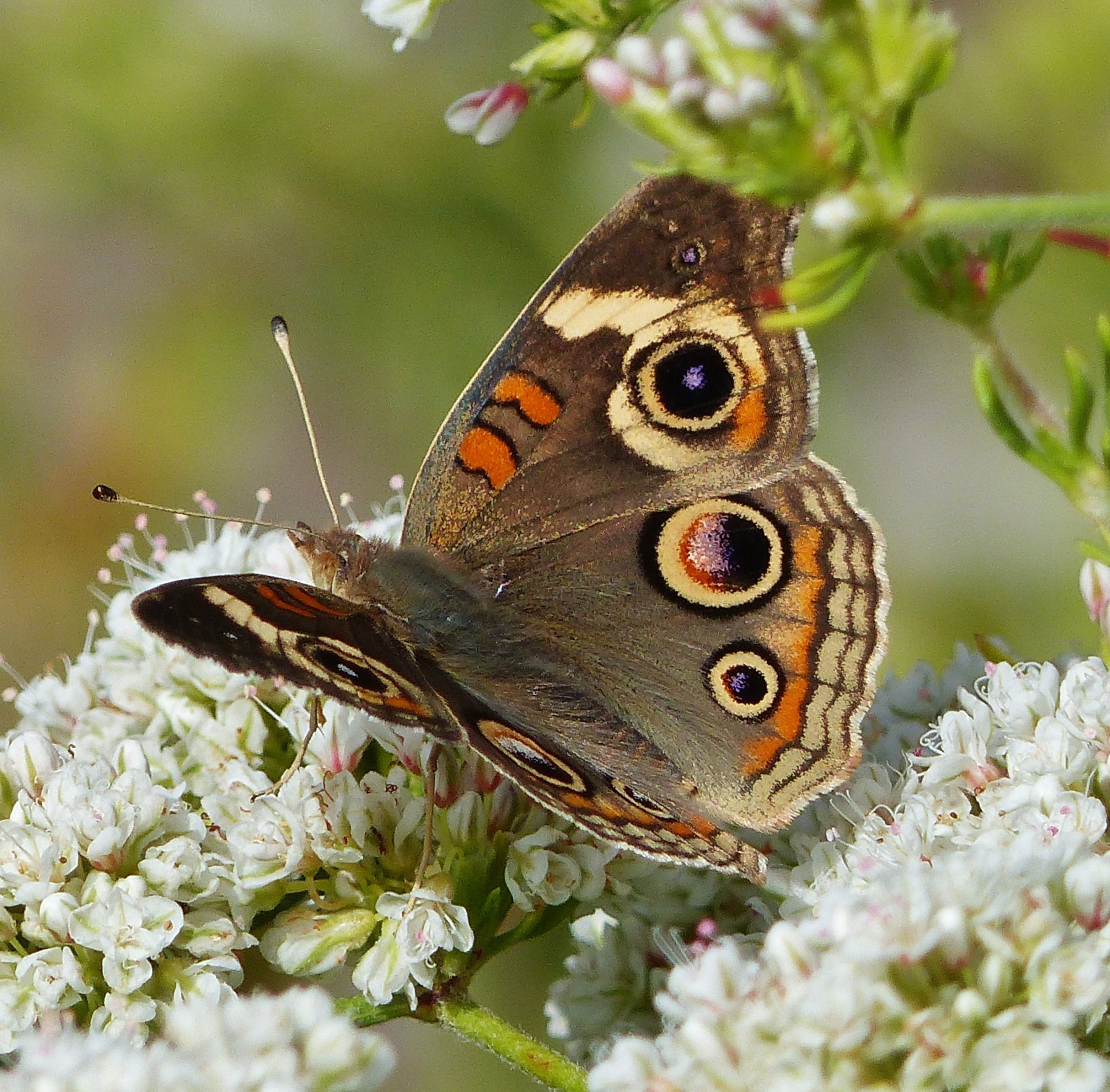
Common Buckeye Butterfly
What is their life history?
All butterflies undergo complete metamorphosis; that is they go from egg to larva (caterpillar) to pupa to adult. This is a remarkable transformation from a worm-like stage to a four-winged adult ready to fly off to feed on nectar, avoid predators and locate a host plant for egg laying.
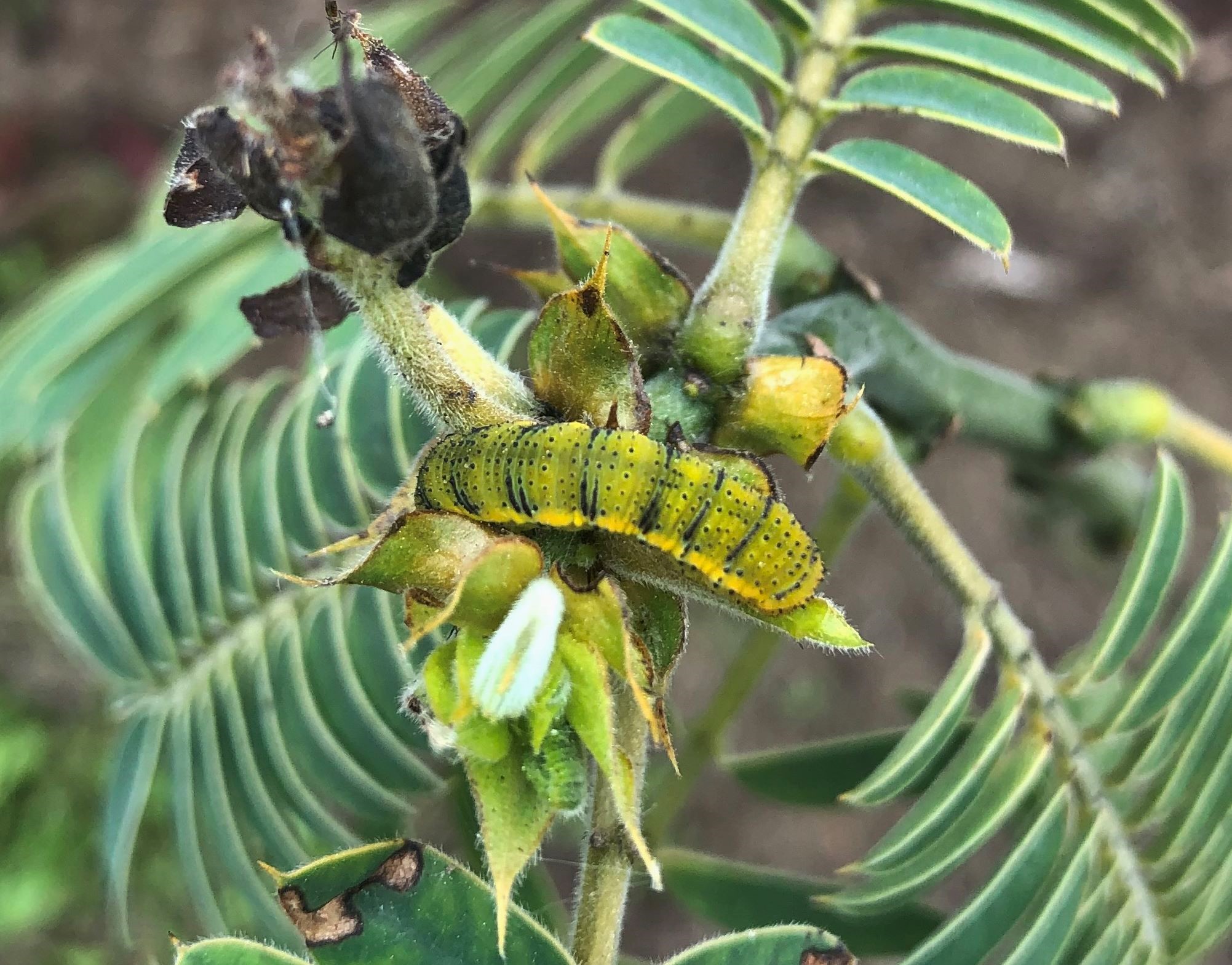
Cloudless Sulphur Caterpillar
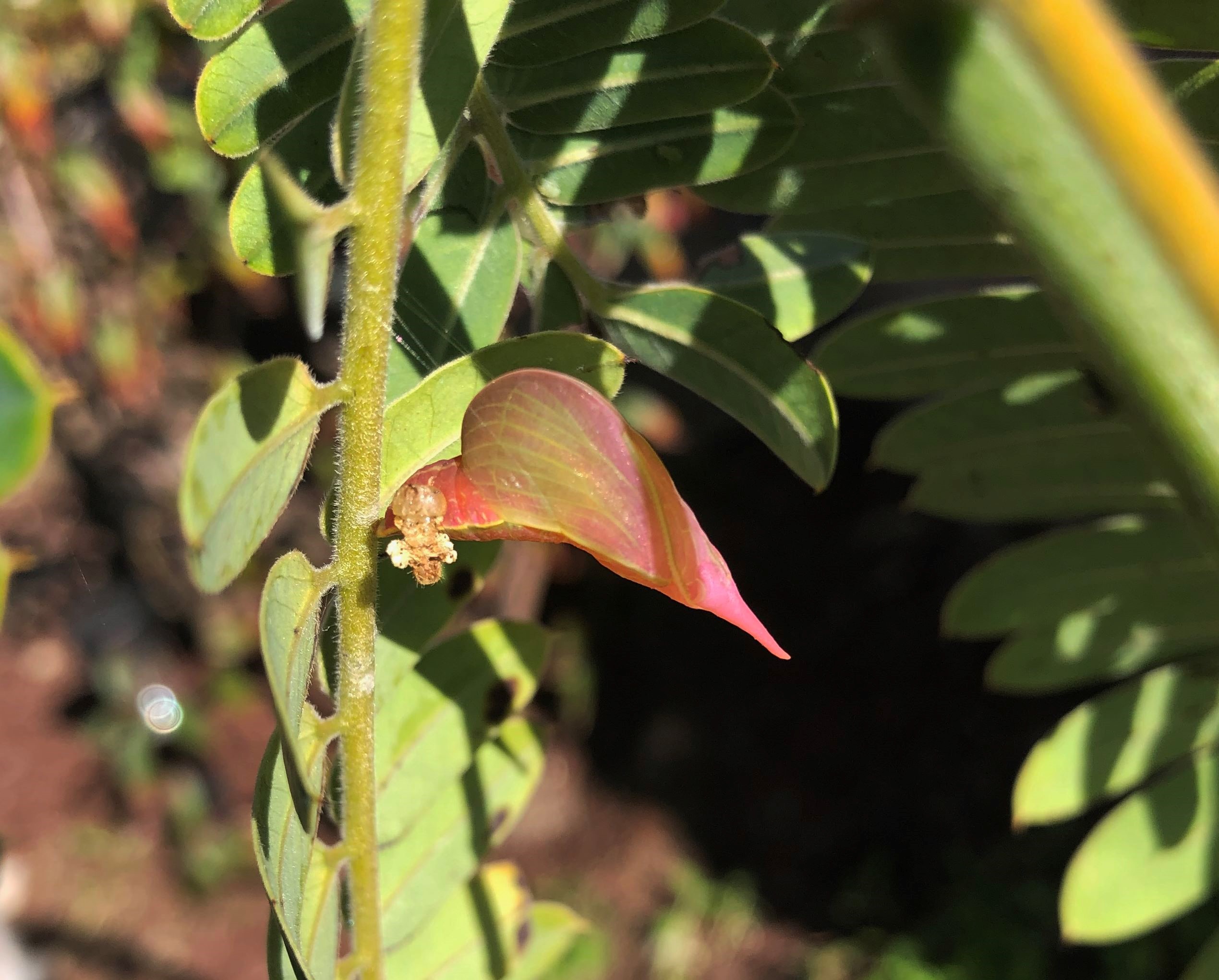
Cloudless Sulphur Pupa
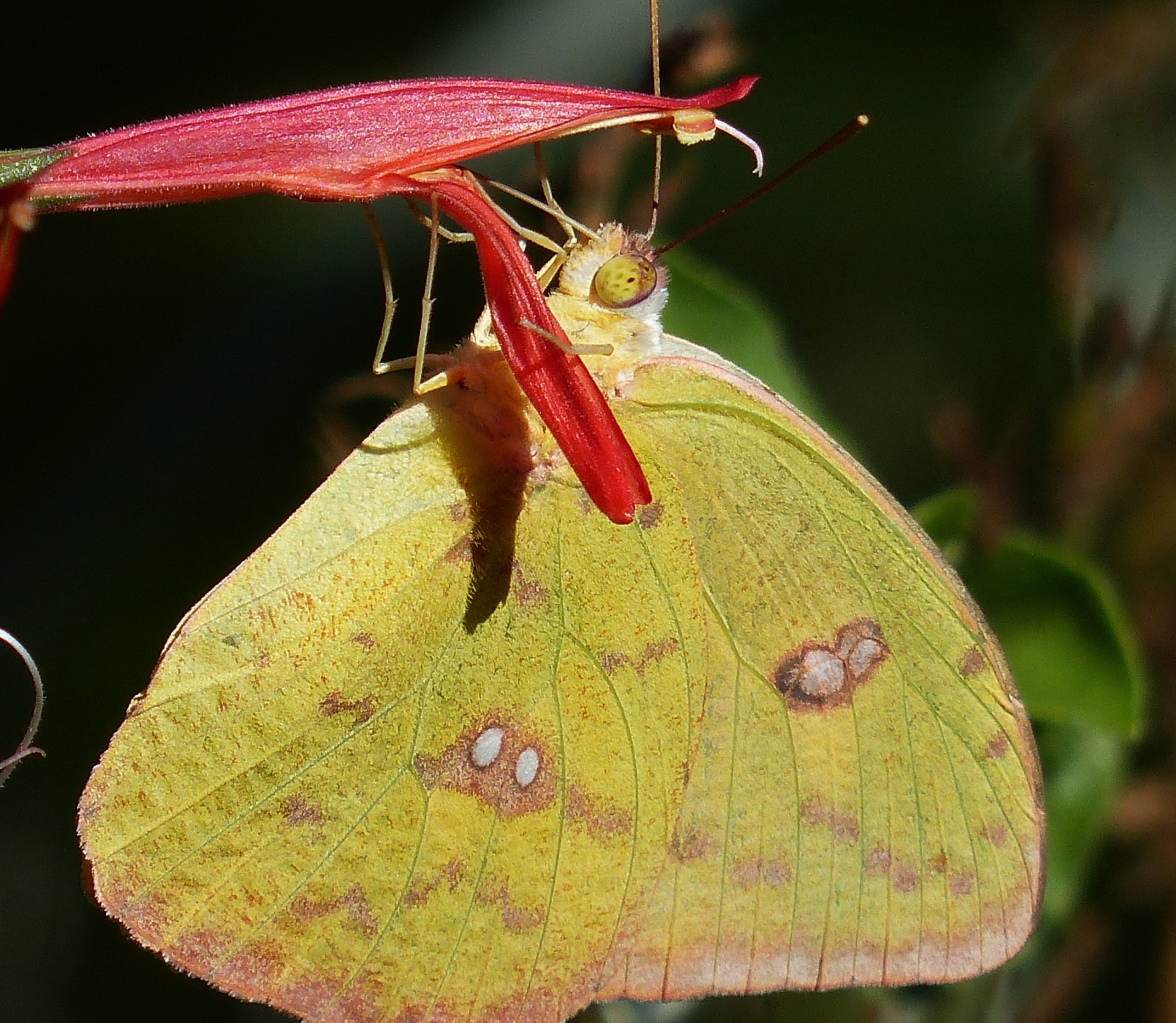
Cloudless Sulphur Butterfly
Two kinds of plants are needed to sustain butterflies.
Adult butterflies find nectar on flowers using their specialized straw-like proboscis. Sometimes many flower species are visited by “generalist” butterflies while others may nectar on one or a few flowers, the “specialists”. However, for egg-laying and caterpillar food the host plant may be more specific to a single species or family of plants. Examples of host plants: Cabbage White = mustards. Western Tiger Swallowtail = cottonwood, ash, alder, willows. Mourning Cloak = willows, cottonwoods, elms. Red Admiral = nettles.

Eufala Skipper
nectaring on Alkali Heliotrope
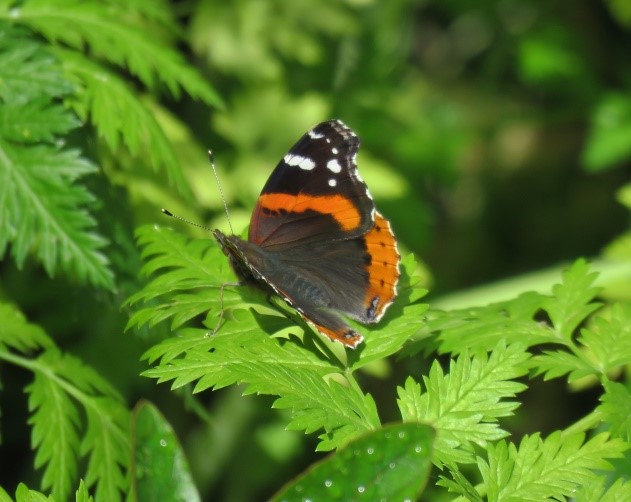
Red Admiral
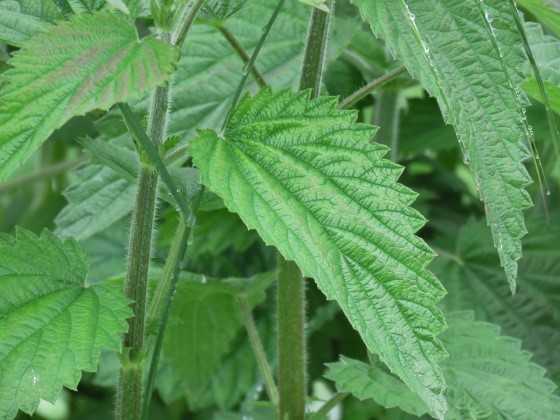
Stinging Nettle host plant

Giant Swallowtail Butterfly
Do you have an orange, lemon or lime tree in your yard? Then you should see the Giant Swallowtail cruising in circles, looking to land and lay eggs on these citrus family plants.

How long do butterflies live as adults?
For most butterflies, life is short. An adult butterfly probably has an average life-span of approximately one month; smaller ones less, larger ones a little more. In the wild, most butterflies’ lives are shorter than this because of the dangers provided by predators, disease, and large objects, such as automobiles. The smallest butterflies may live only a week or so, while a few butterflies, such as Monarchs, Mourning Cloaks and tropical heliconians, can live up to nine months. (NABA website). Many can overwinter in the egg, larval or pupal stage.

Monarch, nectaring on its host plant,
Narrow-leaved Milkweed
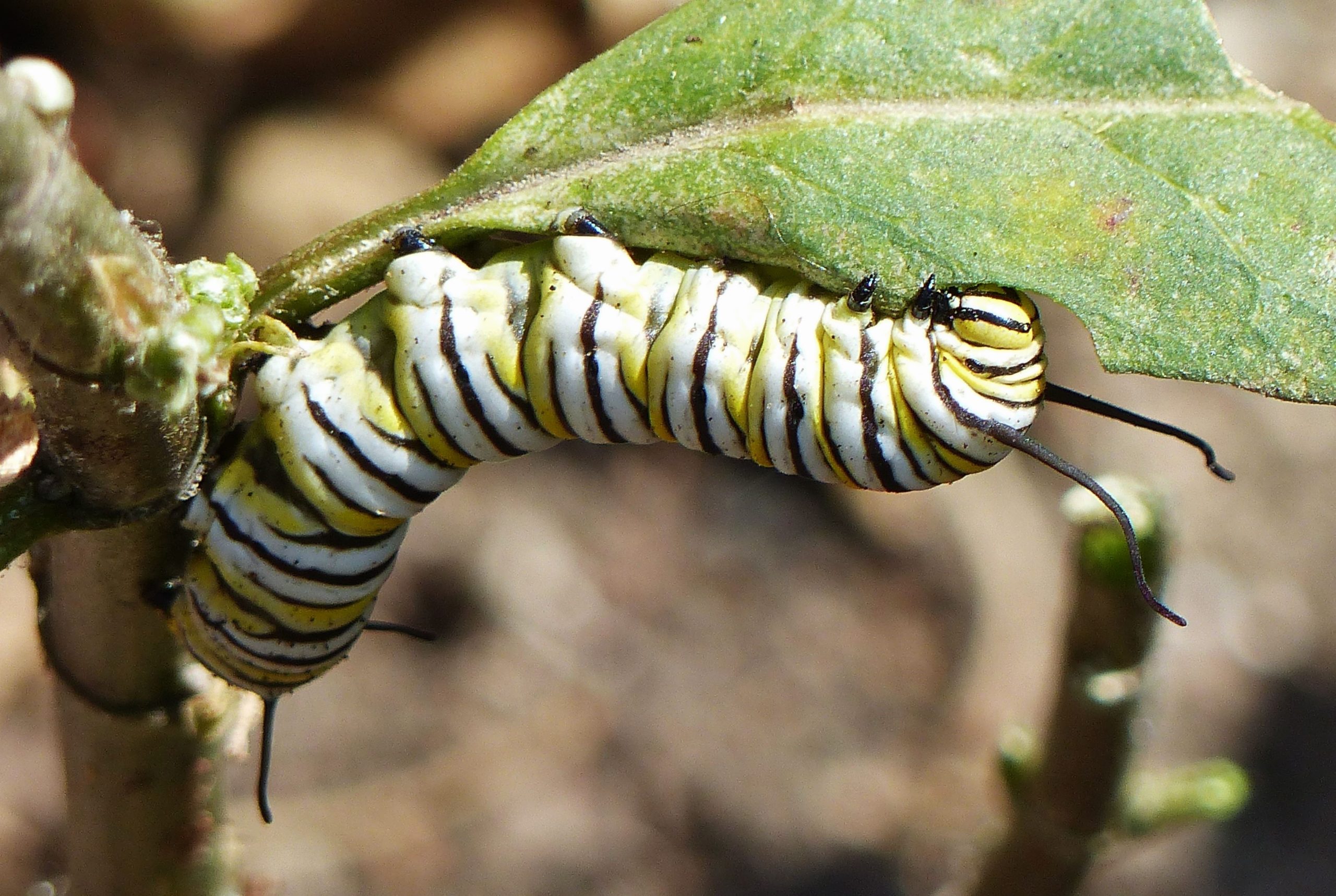
Monarch Caterpillar
Do butterflies have a sense of smell?
Yes, they have chemoreceptors at the ends of their antennas and on the bottoms of their “feet!” They can locate a plant they’re looking for, find mates and sense rivals in the air through tiny holes in the antennas, and then taste what they land on with sensory equipment in their feet.
Who are butterfly predators?
It’s a tough life out there. Birds, spiders, insects like praying mantis and wasps, lizards, toads and frogs and small mammals, all eat butterflies or their caterpillars. Some butterflies, like Monarchs and Queens, ingest plant toxins, incorporated into their bodies, while feeding as caterpillars, and are avoided by predators.
Do butterflies migrate?
Most butterflies remain in the area where their host food plants are located. But some are long-range migrants up to thousands of miles. Our well-known migrants include Monarchs, Painted Ladies, Red Admirals, and Cloudless Sulphurs, with most of these moving northward following warming weather. For most this is a one-way trip as they lay eggs to complete their mission, and then die with the cold weather. Exceptions are the famous Monarchs who can move north through the U.S. then return south to mild wintering grounds in the southern U.S. and into Mexico. As for Painted Ladies, you’ve probably noticed the mass migration of orange and black butterflies in early Spring through our area, moving from east to west. The numbers of these Painted Ladies in some good rain years are astounding and may make the papers or television news.
How can I learn to identify them?
You can watch butterflies with close-focusing binoculars sometimes within 8 to 10 feet, but use a digital camera with some zoom capability to photograph butterflies when they land. Try to get the upperside and underside of wings, if the subject will allow. Some will only show you one or the other. Study your photos with field guide help or websites for identification. Pay attention to whether a species is in your area based on range maps. Once you know a butterfly’s name it opens the door to studying more about their range, both geographical and elevational, their habitats, and food for caterpillars. Are they common or rare? What seasons do they fly?
Wandering Skipper doesn’t ~ Mickey Long
“There are quite a few types of “skippers” out there, the little orangey guys who look rather moth-like. On our last day of a San Diego visit in September 2017, my wife and I found a small slough or marsh in San Diego that looked good for birds. As we started to circle the pond a little brownish skipper landed on yellow blooms of a coastal goldenbush in front of us. I aimed my camera and got one shot and came home with a photo to find a new endangered species, for me. A wandering skipper. “
“Fast forward to July 2020 and a visit to Malibu Lagoon along the Los Angeles County coast, with another naturalist friend, and a brown skipper landing on another coastal goldenbush. This triggered a memory of the San Diego butterfly and habitat, but it required photo-checking at home to confirm another wandering skipper. I don’t know how far the wandering skipper travels, but it can’t live without its salt grass for its caterpillar to eat and it hugs the dwindling coastal zone marshes of California. This is biogeography that ties plants and animals to habitats, specialized foods, climate zones and all. It’s fun to go looking for something exactly where you know it to be, but it’s even more fun to “wander” into something new!”
Are butterflies declining? Are there endangered butterflies?
Entomologists and the general public have been asking “where have all the butterflies gone?” Numbers are down, especially in the cities and suburbs with only a few adaptable species seen most of the time. The biggest culprit is widespread development of habitat. A diversity of wild plants supports a diversity of butterflies, and we have replaced especially the native food plants that butterfly larvae must have to survive. Adults may be able to nectar on some of our ornamental introductions, but that does little to support the full life cycle.
At least four species or subspecies of southern California butterflies are Federally-listed as Endangered. The El Segundo Blue, Palos Verdes Blue, Quino Checkerspot and Laguna Mountain Skipper each have unique ranges, habitats and host plants. Some other species may be common but occur in only one or a few places, like the Veined Blue in the high San Gabriel Mountains.

Monarch, nectaring on its host plant,
Narrow-leaved Milkweed

Veined Blue on host Wright’s Buckwheat
How is AFC helping?
Virtually all of these butterlies occur on our AFC preserves and we continue to help them out by restoring native plants and removing invasive non-natives. We care about native pollinators since we want healthy, balanced natural ecosystems and since one out of every three bites of food we eat depends on pollinators.
We have not conducted systematic surveys for butterflies on AFC’s Preserves but we’ve been keeping an eye out. Using the known listing for Los Angeles County we could expect up to 50 species on our AFC Preserves. By protecting the varied habitats on our sites and removing invasive nonnative plants we work to preserve and enhance butterfly populations. In our Millard Canyon Preserve, during general flora and fauna surveys, we’ve confirmed about 16 species. We’d like to know more about which species are on our sites.
What can I do to attract and help butterflies?
Plant Natives!
Plant native flowering shrubs and wildflowers that attract adults and learn which plants supply food for their caterpillars. There’s a big move on to plant milkweeds (Asclepias spp.) in urban areas for Monarchs. There are about 9 kinds of native milkweeds in Southern California, and a number of them are available in native plant nurseries. Common ones sold, either as seed or containers, are Narrow-leaved Milkweed (Asclepias fascicularis), Kotolo or Indian Milkweed (Asclepias eriocarpa), California Milkweed (Asclepias californica), and Woolly Milkweed (Asclepias vestita). Some people like the exotic, colorful Tropical Milkweed (Asclepias curassavica), readily accepted by Monarchs. However, there is controversy that because it grows into winter it may keep monarchs from migrating and there are discussions of a protozoan parasite of monarch butterflies that can travel with monarchs visiting the plants and become deposited on leaves. Probably best to stick with the natives above. Much more information is available here: https://xerces.org/sites/default/files/publications/19-004.pdf.
Don’t use pesticides in your garden. While they are sold with high hopes, butterfly houses, with narrow slits supposed to allow them into a safe, warm roost, do not work according to experts. So put your money into plantings. A few known butterfly attractors include Wild Lilacs (Ceanothus), Buckwheats (Eriogonum), Goldenrod (Solidago californica or multiradiata), Deerweed (Acmispon glaber), Yarrow (Achillea millefolium), and sunflowers (native and ornamental) like Asters, Thistles, Coreopsis, and Zinnias. Join organizations that study and protect butterflies like the North American Butterfly Association and Xerces Society. Their websites below and the publications listed provide much information on planting for butterflies.
References for Butterfly Study
Brock, Jim P. and Kenn Kaufman. 2003. Field Guide to Butterflies of North America. Houghton Mifflin Harcourt Publ. Co.
Brown, Brian V. (Editor). 2009. Butterfly Gardening in Southern California. Natural History Museum of Los Angeles County.
Glassberg, Jeffrey. 2001. Butterflies through Binoculars: The West. Oxford Univ. Press
Heath, Fred and Herbert Clarke. 2004. An Introduction to Southern California Butterflies. Mountain Press Publ. Co., Missoula, Montana.
Southern California Butterflies: http://socalbutterflies.com/index.htm
North American Butterfly Association: www.naba.org
Xerces Society: www.xerces.org

